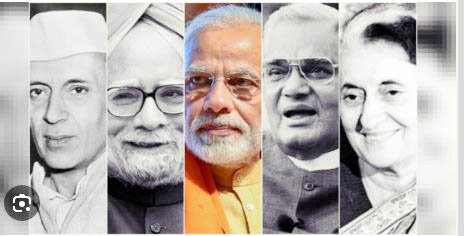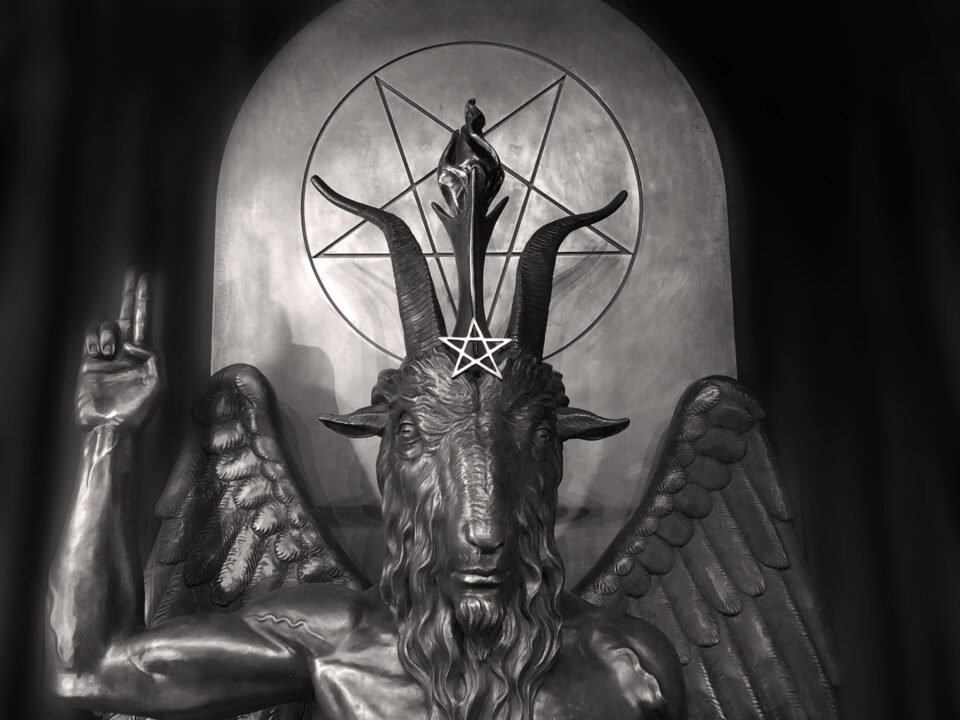By: Rudrasing Thapa
India’s aspiration to become a Vishwa Guru, a global leader, triggers discussions on the nation’s strategic culture, particularly in its military and foreign policy domains. The discourse centers on the perceived absence of a systematic approach to strategic thinking in India, prompting a debate on the untapped potential of ancient knowledge and its various interpretations. India’s strategic thinking is shaped by its extensive history, diverse culture, civilization, and geographical position. From the ancient eras of Kautilya and Ashoka to modern times marked by leaders like Nehru and Modi, India has cultivated a distinctive strategic culture reflecting its identity, geopolitical interests, and security challenges.
India’s strategic culture is not homogenous but composite, diverging from Western perspectives on society, politics, and statehood. Scholars define strategic culture as shared beliefs, assumptions, and behaviours derived from common experiences and accepted narratives, shaping collective identity, relationships with other groups, and guiding security objectives. Conflicting assessments of India’s strategic thinking indicate that strategic culture is not universally uniform. For instance, a 1992 Pentagon study by John Tanham suggested a “relative lack of strategic thinking” in India. However, a 2006 Pentagon-commissioned study argued that India possessed an original tradition of strategic thinking originating from ancient texts like the Arthashastra. The misconception of India lacking robust strategic culture may stem from its oral tradition, unlike the book cultures of the Chinese, Greeks, and Judeo-Christian traditions in the West.
Ancient Period:
Ancient Indian strategic culture drew from significant literary texts like the Mahabharata, Panchatantra, and Kautilya’s Arthashastra. The Mahabharata depicted the war between the Pandavas and Kauravas, offering insights into the responsibilities of a virtuous king in defense, war, administration, policy, and people’s well-being. The Panchatantra, from the 3rd century BC, comprised fables with animals as characters, spreading worldwide and teaching statecraft, strategy, alliances, espionage, morality, and power to princes.
Kautilya’s Arthashastra stands as the most influential source, serving as a comprehensive treatise on statecraft, economics, and military strategy. Its discovery in 1909 had a profound impact, exploring governance, administration, law, finance, trade, agriculture, industry, defense, foreign policy, espionage, welfare, and ethics. Similar to Machiavelli’s ‘The Prince,’ it delves into monarchical statecraft, realpolitik, and practices of war and peace. The Arthashastra unveils the Mandala Theory, outlining neighbouring states’ geopolitical ties through power and proximity, offering strategic insights. It defines Shakti (power) as the ultimate objective of statecraft, aligning with a hardcore Realist perspective.
Besides the realist tradition, Indian statecraft also showcases an ‘idealist’ tradition, traced back to figures such as Buddha and Ashoka during the 3rd century BC. Renouncing war, they embraced a peaceful foreign policy emphasizing cultural diplomacy. These age-old traditions emphasize values of peaceful cohabitation, conflict resolution, and the concept of ‘moral politik.’
Medieval and Modern Period:
Foreign invasions, colonial control, and independence movements influenced India’s strategic culture. Between the 11th and 18th centuries, Muslim dynasties introduced novel political concepts, military structure, gunpowder, feudalism, and Sufism to India. These influences integrated into Indian culture, art, architecture, and music, fostering a syncretic and pluralistic society. Meanwhile, naval power grew with the Marathas and Cholas, leaving a lasting impact on Southeast Asia.
The arrival of European powers—Dutch, French, and the British—ushered in an era of trade-centered domination. The British East India Company transitioned into the British Raj, exercising control over regions like Orissa, Bihar, and Bengal. The 200-year British rule introduced liberalism, democracy, nationalism, bureaucracy, English education, and railways. While some sections embraced these ideas, others rejected them. Indian soldiers made significant contributions in World War I; their success was attributed to a rich history of war fighting and traditions of statecraft and military strategy.
Under British rule, India saw the rise of nationalist movements led by figures like Mahatma Gandhi, Subhash Chandra Bose, Jawaharlal Nehru, and Sardar Vallabhbhai Patel. These independence movements varied in approaches—societal reform, non-violence, constitutionalism, revolution, resistance, radicalism, communalism, and nationalism—shaping India’s strategic culture, encompassing realism, idealism, pragmatism, militancy, unity, and diversity.
Contemporary India:
India’s contemporary strategic culture mirrors the influence of Mahatma Gandhi, Sardar Patel, and Jawaharlal Nehru. Gandhi represents idealism, Patel embodies realism, and Nehru combines Kautilyan realism with idealistic principles, characterizing India’s strategic culture. Other influential factors include historical legacies, cultural diversity, partition violence, global aspirations, and contributions of intellectual figures like Prime Minister Lal Bahadur Shastri, Dr. B.R. Ambedkar, Indira Gandhi, Atal Bihari Vajpayee, and A.P.J. Abdul Kalam. Figures like C. Rajamohan, P.V. Narasimha Rao, Manmohan Singh, Narendra Modi, and S. Jaishankar also shaped India’s strategic culture.
India’s strategic culture emphasizes non-alignment, opposition to racial discrimination, pursuit of strategic autonomy, No First-use policy, Credible Minimum Deterrence, and advocacy for decolonization, which are distinct from Western concepts. These principles underscore India’s commitment to nuclear disarmament and aspiration to be a responsible global actor. Since Narendra Modi’s ascent to power in 2014, a shift from Defensive realism to offensive realism marks a departure from the Nehruvian framework of Non-alignment and Strategic autonomy.
India’s strategic culture is rooted in a rich history amid a changing global order. Drawing from ancient epics like the Mahabharata and Ramayana, as well as influential works like Kautilya’s treatise, India’s strategic thinking has evolved over centuries. Foreign invasions, colonial rule, and the struggle for independence have deeply influenced its strategic outlook. India’s assimilation of diverse cultural and political ideas has fostered a syncretic and pluralistic society, shaping its strategic culture.
The evolving geopolitical landscape of a multipolar world necessitates India’s strategic culture to adapt and evolve. While Western concepts inform policy formulation, they do not supplant India’s unique strategic culture. India’s ability to navigate covert wars, address border security, and forge favourable foreign relations stems from its rich tradition of strategic thought. This robust strategic culture guides its actions as India strives to preserve its unique identity while embracing global influences, aspiring to be a global leader known as Vishwaguru. (The author is a Research Assistant at Indira Gandhi Institute of Development Research, Mumbai)







